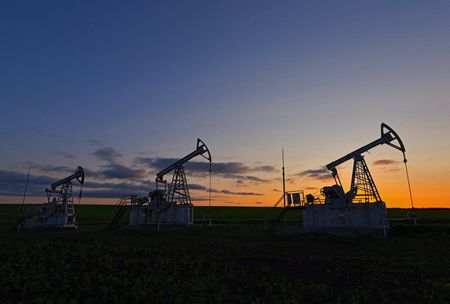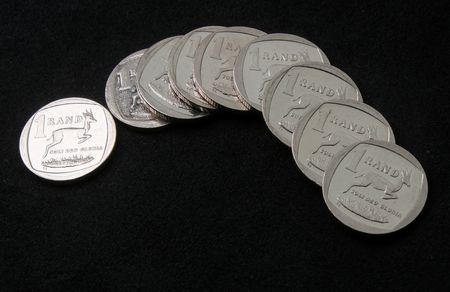NAIROBI (Reuters) – Kenya could run out of funds to subsidise fuel costs in the 2022/23 fiscal year if prices keep rising, which could push public debt to unsustainable levels and jeopardise the scheme, the country’s finance minister said on Wednesday.
Fuel accounts for a fifth of Kenya’s import bill, according to the ministry.
It is one of the major factors, foreign exchange traders say, which contribute to a weaker shilling, which has hit record lows against the dollar this year.
On Tuesday, the energy and petroleum regulatory authority said the maximum price for petrol and diesel will rise by 9 shillings ($0.08) a litre in its review for the month until mid-July.
For the 2021/22 and 2022/23 financial years (July-June), the finance ministry allocated over 100 billion shillings ($853.24 million)as subsidy to cushion consumers against galloping prices.
“The cost of the fuel subsidy could eventually surpass its allocation in the national budget, thus potentially escalating public debt to unsustainable levels and disrupting the government’s plans to reduce the rate of debt accumulation,” Finance Minister Ukur Yatani said in a statement.
“For this reason, a gradual adjustment in domestic fuel prices will be necessary in order to progressively eliminate the need for the fuel subsidy, possibly within the next financial year.”
In April, most parts of Kenya experienced fuel shortages, which the government blamed on oil marketing companies, accusing them of hoarding supplies ahead of a price hike.
The oil retailers in turn blamed the shortage on subsidy arrears owed to them by the state.
($1 = 117.2000 Kenyan shillings)
(Reporting by George Obulutsa; Editing by Shailesh Kuber)









